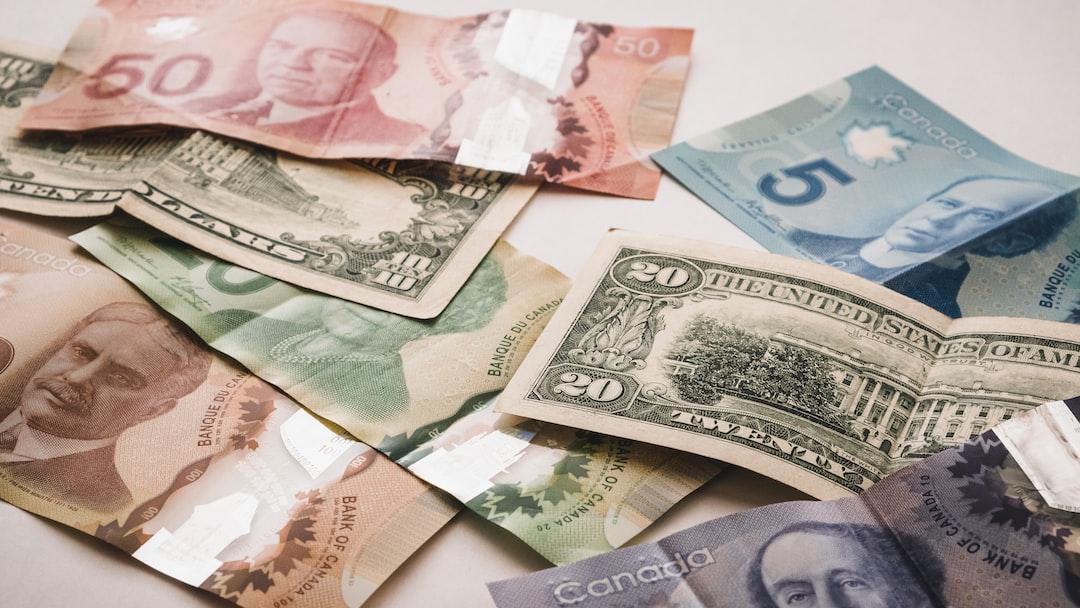Sarah Kelly's Key Ideas from Ahead of the Curve
by Joseph H. Ellis
Ideas, facts & insights covering these topics:
9 ideas
·8.37K reads
46
Explore the World's Best Ideas
Join today and uncover 100+ curated journeys from 50+ topics. Unlock access to our mobile app with extensive features.
Most Forecasts Use the Wrong Data
Most economic forecasts fail to predict turns in the economy because they rely on the wrong economic indicators and present information in complex, inaccessible ways.
Simply constructing easy-to-read charts that illustrate relationships between different economic factors works much better for making forecasts.
Tracking cause-and-effect historically helps predict it in the future.
83
1.27K reads
The best time to sell is when the economy is peaking, which is counterintuitive for many people. People want to believe that the good times are going to keep rolling.
JOSEPH H. ELLIS
102
1.37K reads
Slowing Growth Matters More Than Recession
- Recession is a poor indicator of economic health.
- Growth slowing significantly causes almost as much damage as an official recession, but doesn't provoke as much concern because it's not negative.
- The declining rate of economic growth matters more than whether a technical recession occurs.
- People should pay more attention to slowing growth as a warning sign.
89
1.07K reads
Consumer Spending as the Key Driver
Consumer spending drives most economic activity, so indicators tied directly to spending, like personal incomes and interest rates, make the best predictors of overall economic performance.
Consumer spending leads to production and capital investment, so forecasting it well forecasts other indicators.
90
938 reads
Employment Levels Lag the Economy
Employment levels actually lag economic changes rather than predicting them. Hiring drops when the economy declines and rises when it improves again.
Look at consumption instead to predict employment, since spending heads upward first. Consumption rising means employment will follow.
87
851 reads
Use Relevant Data for Business Forecasts
For business forecasting, use economic indicators relevant for your specific products and industry niche, and look at historical performance through business cycles.
Manufacturers can relate consumer spending to their sales categories.
Understand your context instead of overall data.
84
760 reads
Interest Rates' Psychological Impacts
The Federal Reserve's interest rates influence consumer psychology and inflation, but they don't directly determine consumer spending. Their economic impacts are indirect.
People mistake the Fed's attempts to cool down or stimulate growth via rates as linked to spending, but the relationship is not close.
82
711 reads
Stock Markets Follow Consumer Spending
- Stock markets are ultimately tied to corporate profits and thus consumer spending.
- When consumer spending declines, profits and markets follow.
- Interest rates also affect markets through impacts on spending.
- Understanding consumer spending helps predict market booms and busts.
- Falling spending means falling markets.
84
693 reads
Timing the Stock Market
History shows to buy stocks when the economy looks bleak but consumer spending shows signs of improvement.
The best time to sell is when consumer spending and growth peak. This contradicts the instinct to buy when times seem good and sell when worried.
Take the counterintuitive approach.
98
703 reads
IDEAS CURATED BY
CURATOR'S NOTE
The book Ahead of the Curve by Joseph Ellis discusses improving economic forecasting by using the right indicators and tracking year-over-year data instead of short-term fluctuations. It argues that recession definitions are overrated, and that slowing growth is more damaging than commonly realized. The book advocates focusing on consumer spending as the main economic driver, and provides guidance on relating indicators like incomes, interest rates and stock markets to spending. It aims to help readers make better forecasts for economies, industries and companies.
“
Different Perspectives Curated by Others from Ahead of the Curve
Curious about different takes? Check out our book page to explore multiple unique summaries written by Deepstash curators:
26 ideas
Courtney Abbott's Key Ideas from Ahead of the Curve
Joseph H. Ellis
Discover Key Ideas from Books on Similar Topics
Read & Learn
20x Faster
without
deepstash
with
deepstash
with
deepstash
Personalized microlearning
—
100+ Learning Journeys
—
Access to 200,000+ ideas
—
Access to the mobile app
—
Unlimited idea saving
—
—
Unlimited history
—
—
Unlimited listening to ideas
—
—
Downloading & offline access
—
—
Supercharge your mind with one idea per day
Enter your email and spend 1 minute every day to learn something new.
I agree to receive email updates








